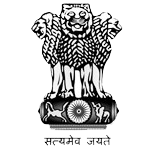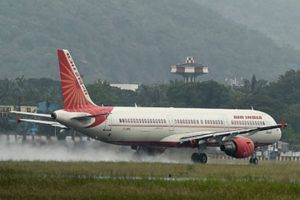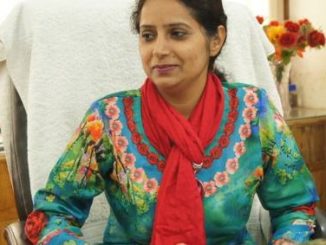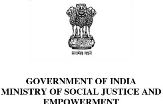
Indian Sugar industry was deregulated in 2013. Only regulation which remains is called the Fair and Remunerative Price (FRP); which the Government notifies essentially to protect farmers’ incomes. Presently, the FRP is Rs. 230 per quintal of cane at a base sugar recovery of 9.5%. It is mandated that farmers be remunerated in accordance with FRP and sugar recoveries, within a period of 14 days failing which interest is payable by the mills. In a year, typically, the cane price payable to farmers is in the range of Rs.60, 000 cr to 65,000 cr.
In 2014, when the NDA government took over, the Sugar Industry was facing severe crisis of arrears of cane payments. Over the past two year, the policy interventions by the Government have shown remarkable progress in reducing arrears. Starting with a legacy of arrears of Rs.14,000 cr pertaining to many years, and a severe liquidity stress in the sector, the policy interventions have borne results. The cane arrears relating to the preceding year (Sugar season 14-15) has reduced to about Rs.780 cr. Out of this UP accounts for just Rs 191 Cr.
For the current year (Sugar season 15-16) the arrears are only about Rs.9361 cr compared to arrears of Rs.22,000 cr last year. Out of this UP accounts for Rs. 2855 cr. The State of UP has allowed a two stage payment of FRP. Till end June, mills are expected to pay cane dues based on FRP (Rs.230/qtl), according to which arrears are presently Rs.2,855 cr. However, July onwards the mills will have to pay dues based on State Advised Prices (Rs.280/qtl) on the basis of which the dues come to Rs.5,795 cr.
A new policy was designed by the Central Govt. to address this extra-ordinary situation. In the first step, a soft loan was notified with a one year moratorium on interest payments. Unlike in the past, provisions for direct payment to farmers were made even though mills undertook the loan sand Rs.4305 cr was disbursed in 2015-16 by the Banks towards payment of cane dues.This provided a direct relief to farmers which reduced cane dues arrears and also provided support to the sugar industry in terms of liquidity to settle their arrear commitments.
Secondly, the Central Governmentalso introduced a modified Ethanol Blending Program(EBP) to achieve up to 10% blending levels with Motor Spirit. Remunerative prices of ethanol were fixed in an administered price regime, to help sugar industry come out of a crisis, so as to pay its cane arrears to farmers. Central Excise duties were waived for the current year increasing the ex-mill realization on ethanol to about Rs.48/liter. EBP also had several other benefits such as reducing environmental pollution and saving foreign exchange as also serve as a vent for excess sugar production, thereby, preventing excessive stock build up. The results have been quite dramatic, with suppliesdoubling every year. In the year 2013-14, ethanol supplied for blending was only 38crL. In 2014-15, under the modified EBP supplies increased to 67crL.In the current year i.e. 2015-16 it is expected to reach 130 crL achieving 5% blending. The Central Government through EBP has injected substantial liquidity to help the sugar industry reduce cane dues arrears. In a significant departure from previous years, the Central Government also prepared a national supply grid indicating the linkages of mills and OMC fueldepots alongwith quantities to be supplied. In SS 2014-15 imports of about 4.2 million million barrels of crude was saved through blending resulting in foreign exchange saving of USD 286 million. In this SS, it is likely to be higher. It is also estimated that in SS 2014-15, there has been a net reduction of CO2 emissions to the extent of 12.3 LMT.
Lastly a comprehensive performance based production subsidy was notified at a rate of Rs. 4.50 per quintal of cane crushed, payable to farmers against cane dues contingent on mills undertaking exports and supplying ethanol. Minimum indicative export targets were notified with a view to evacuating stocks to improve capacity to make payments to farmers.
In the sugar sector, the Central Government’s policy initiatives, aimed to improve sugar industry performance by optimizing gains from by-products (ethanol & cogen) as well as reduction of excessive domestic stocks (by export) helped the sector bounce back. The direct payment of industry loans into farmers’ account is a best practice in the DBT format, where cane arrears were directly reduced by a whopping Rs.4305 cr. which otherwise mills may have been diverted or delayed in giving to farmers.







Leave a Reply
You must be logged in to post a comment.